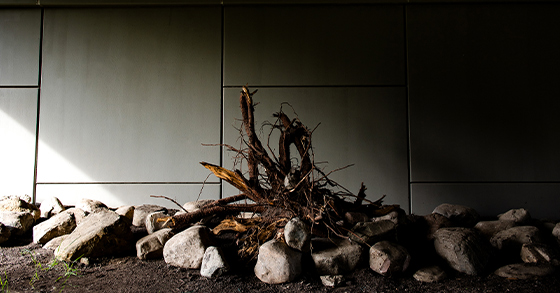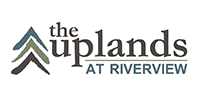Did you know that the Uplands at Riverview has implemented ground-breaking environmental initiatives that preserve the natural ecosystems, and promote stewardship of wetland habitats?
Amphibian Fence
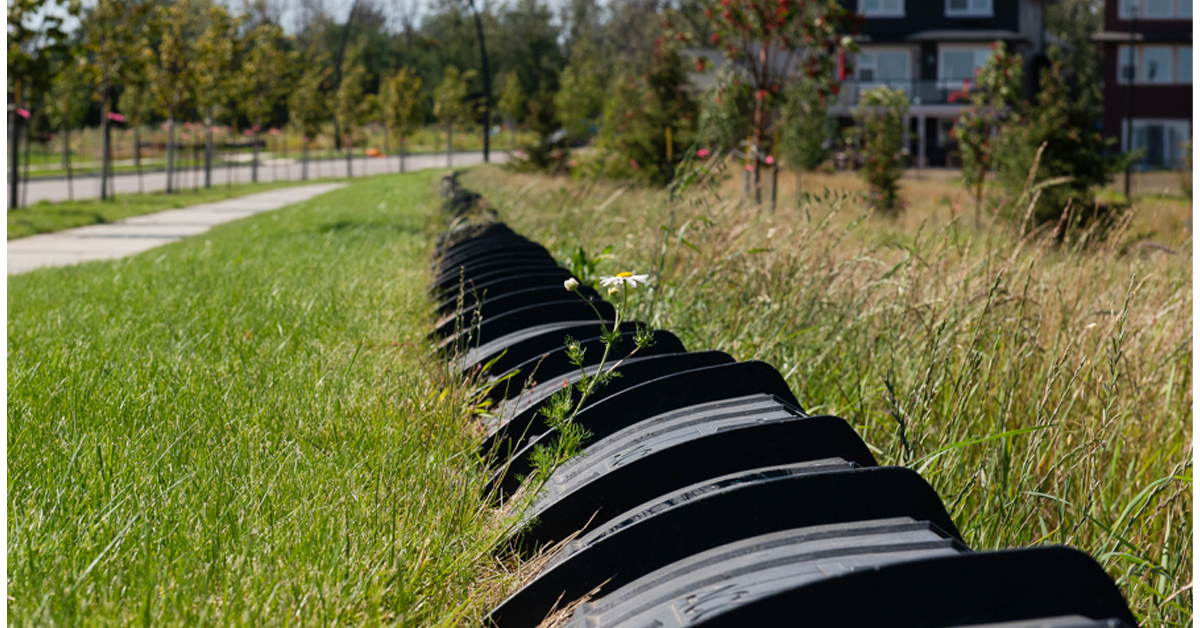
The first of its kind to the city, The Uplands in Riverview is home to an amphibian fence.
Our local amphibians depend on wetlands. Amphibians such as frogs and salamanders travel from forest to wetland each spring, often gathering in large numbers to breed. These amphibians have always traveled in similar routes from forest to pond, long before our houses or roads were place.
They are poorly adapted to traveling across the urban landscape, therefore, providing a barrier will prevent amphibian road mortality. This in turn will help preserve the natural ecosystems and promote stewardship of wetland habitats.
Pollinator Corridor
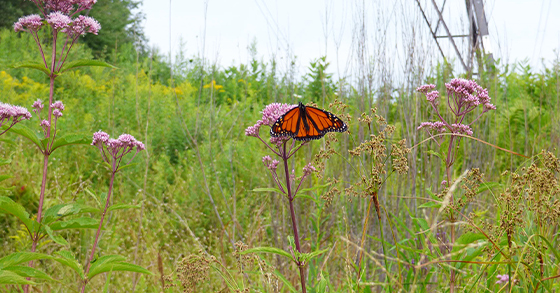
The utility corridor along the northern perimeter of our community has been utilized as an active pollinator corridor.
This dedicated area provides a native quality habitat for pollinators such as bees, butterflies, and birds. The thousands of flowering shrubs and native species planted not only to provide habitat opportunities for wildlife, but to also protect water quality, and reduce spraying and mowing maintenance.
Yellow Fish Road Program
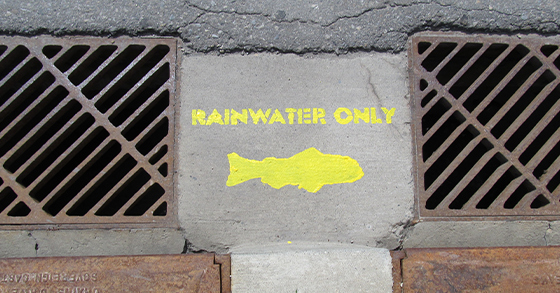
The Uplands at Riverview is part of the Yellow Fish Road program. The program is a proactive initiative to educate communities about water pollution through storm drains. Oil, pesticides, fertilizer, paint, pet feces and other toxic substances can end up in the local water source through storm drains.
Yellow fish symbols and “Rainwater Only” text are painted on storm drains as a reminder to people that only rain should be entering the storm drain system.
For more information on this program visit: tucanada.org/yellow-fish-road/
Wildlife Crossing
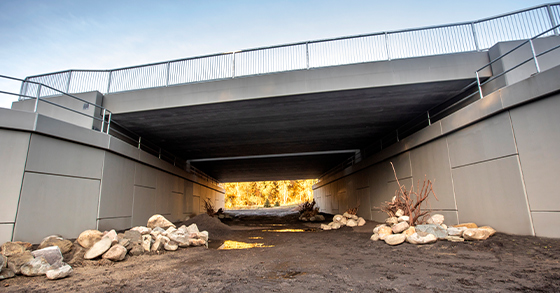
Constructed underneath 199th Street is a wildlife crossing. Wildlife crossings practice habitat conservation, allowing connections or re-connections between habitats, combating habitat fragmentation. They also assist in avoiding collisions between vehicles and animals, which in addition to killing or injuring wildlife may cause injury to humans and property damage. Our wildlife crossing is specifically designed for all species; it even has boulder and log arrangements that act as a natural habitat.
